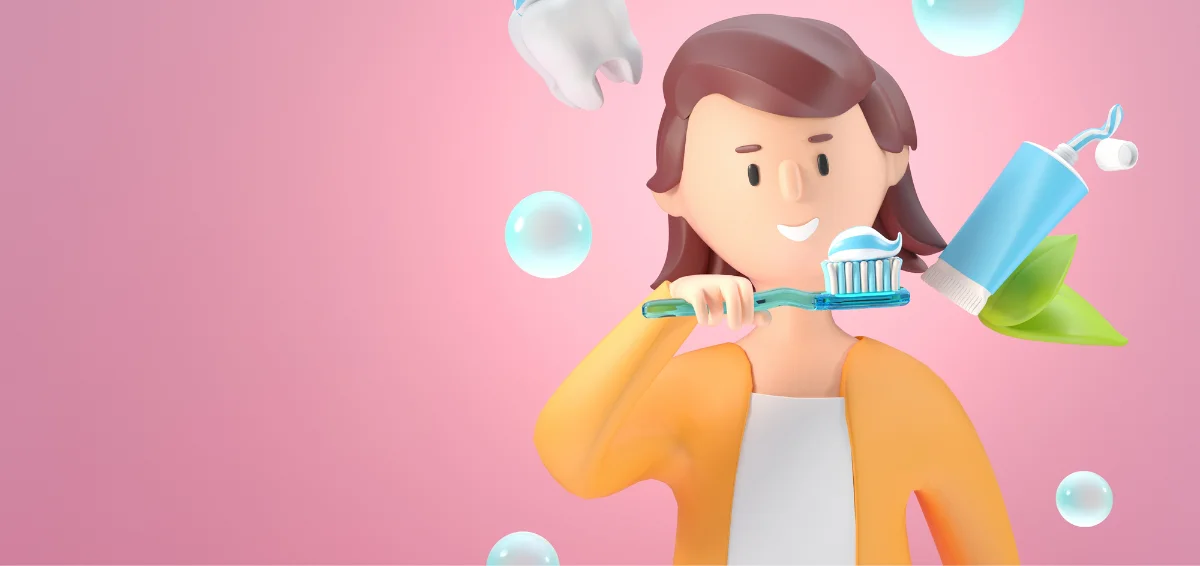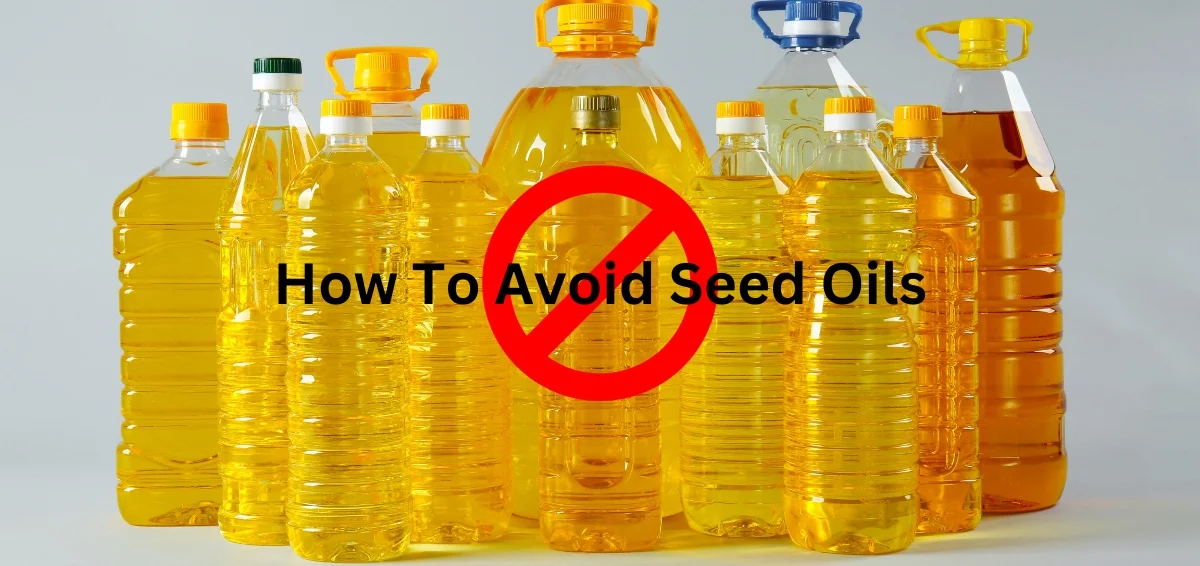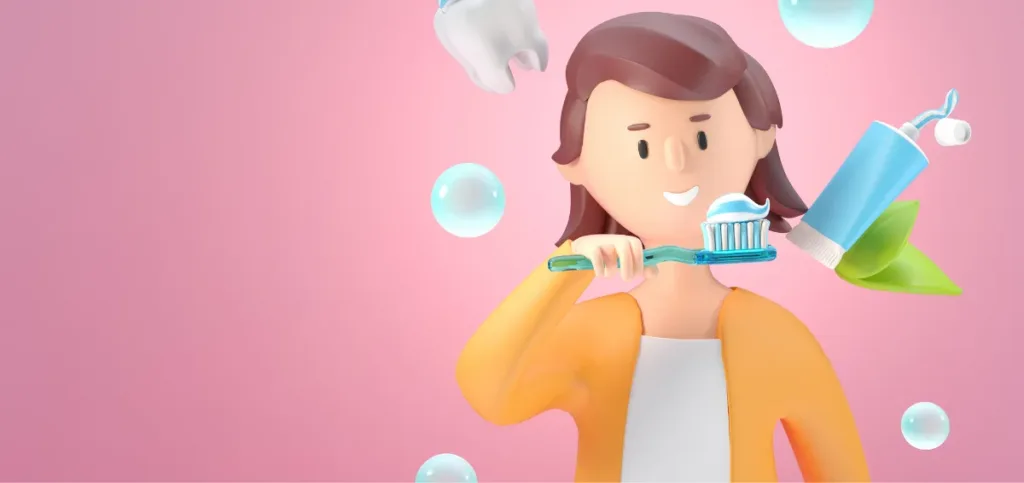
Fluoride toothpastes are marketed as being beneficial for your dental health. More specifically, these toothpastes are claimed to fight against tooth decay. However, it is also true that the ingredient has been a subject of controversy in the world of dental hygiene and health. Concerns have been raised regarding its negative effects. This has led many brands to come forward with fluoride-free options.
Brushing is an integral part of maintaining good dental health. Oral health is tied to the overall health. So, should you believe in the adverse effects of fluoride consumption and start using a fluoride-free option?
Let’s find out more about it below.
Also Read: Best Body Lotion for Dry Skin Dermatologist-Recommended
What is Fluoride and What Does It Do?
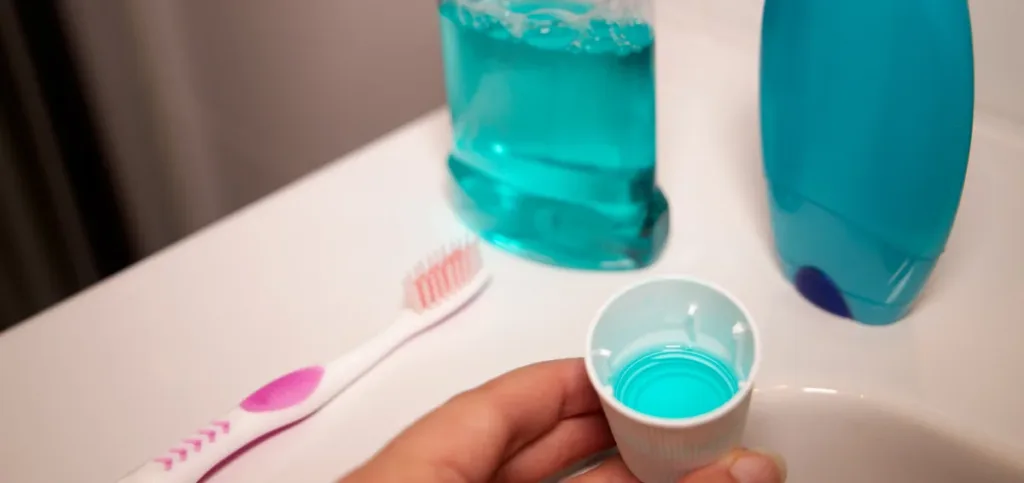
Fluoride is a naturally occurring mineral in various foods and water. Its most popular use is in dentistry, where it enhances tooth strength. People prone to tooth cavities are often advised to use fluoride-based toothpaste to lower their risk of cavities.
In addition to being used in toothpaste, the ingredient is also used in three other forms by dentists. The first is foam, which they place over the patient’s teeth. Fluoride is also used in varnish form to paint directly on the teeth. The third way in which the ingredient is used is gel. Fluoride in gel form can be painted on the teeth or dispensed in a custom tray.
Your tooth’s enamel, which protects it, gains and loses minerals. Minerals are gained when you consume food and water rich in calcium, phosphate, and fluoride. They are lost when acids formed by bacteria, sugars, and plaque in your mouth attack your enamel. If the mineral loss is more than the mineral gain, it causes tooth decay. Fluoride used in dental care helps prevent this decay as it makes the enamel resistant to acid attacks.
Avoid Fluoride Toothpaste: Is It Worth It?
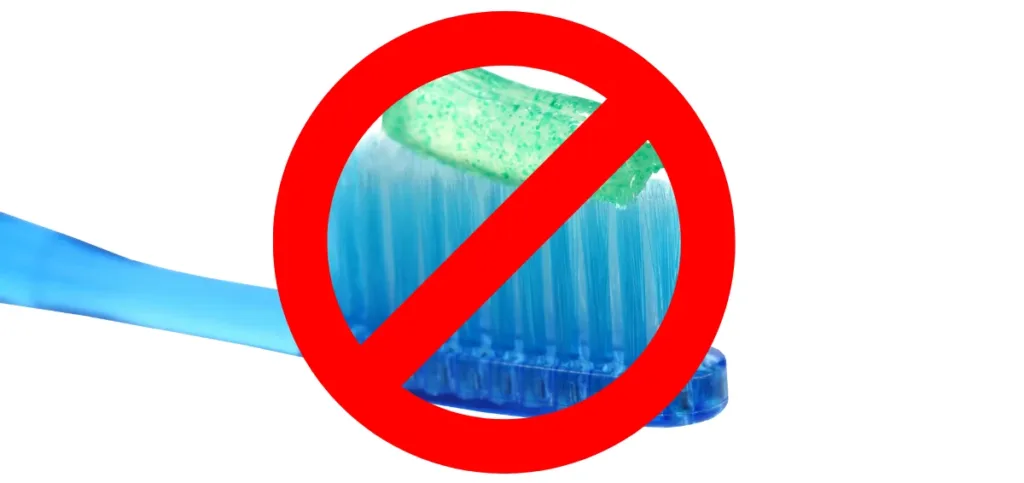
In recent years, fluoride use has been linked to several health problems. Most commonly, excessive fluoride use has been associated with dental fluorosis, a condition that causes flecks, white lines, or brown stains on the teeth. Excess intake of fluoride is also believed to cause nausea, vomiting, abdominal pain, and diarrhea. Another condition that fluoride consumption is associated with is periostitis, the inflammation of the connective tissue that surrounds the bone.
However, all these problems occur only when fluoride is consumed in excessive amounts. This is in stark contrast to the amount of fluoride that a strip of toothpaste contains, which is anywhere between 0.75 and 1 mg. There’s no need to worry even if you accidentally swallow a fluoride while brushing. This is because the amount that will go inside your body will be even less than what is mentioned above.
In fact, the daily tolerable upper intake level for fluoride for children between 4 – 8 years is 2.2 mg, and for those between 9 – 13 years is 10 mg. For adults between 19 – 51 years, the tolerable intake level is 10 mg. Evidently, fluoride in a toothpaste strip does not contain an amount even close to this intake. So, there is really no need to stop using a fluoride toothpaste.
However, fluoride consumption will turn toxic if an amount of 32 to 64 mg per kg of body weight is taken. This isn’t possible by brushing your teeth with a toothpaste containing this ingredient.
Three Forms of Fluoride in Toothpastes
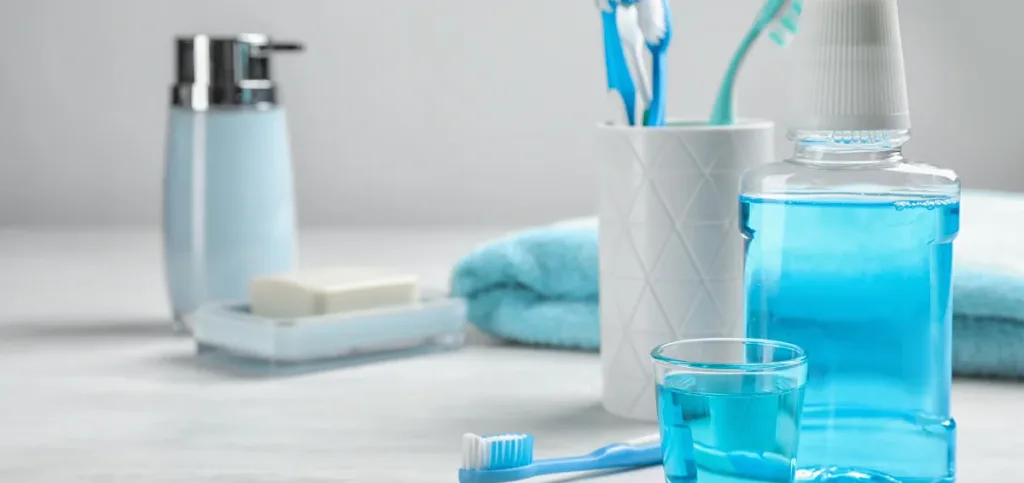
There are three forms of fluorides in toothpaste. All of them have been approved by the FDA. The three types include stannous fluoride, sodium fluoride, and sodium monofluorophosphate. Different toothpaste brands use different measurements of these fluoride forms.
Should you be concerned about which form of fluoride should your toothpaste contain? Absolutely not. Dental services worldwide advocate using toothpaste containing 10,000+ parts per million (ppm) of fluoride. So, it doesn’t matter what form of fluoride your toothpaste contains. As long as it has fluoride in the above quantity, it will provide effective cavity protection.
The three forms of fluoride are anti-cavity ingredients. Out of them, stannous fluoride contains antimicrobial properties. So, it also fights against gum conditions. However, long-term use of this fluoride form can cause tan stains on the teeth. However, this stain does not diminish stannous fluoride’s effectiveness in providing cavity protection.
The FDA clearly states that fluoride is the only ingredient in toothpaste that can strengthen the enamel tooth structure and prevent cavities. No chemical in toothpaste other than fluoride is capable of this. FDA also strictly regulates the amount of fluoride in toothpaste. So, whether you buy fluoride toothpaste from the most well-known brand or a neighboring grocery shop, it will contain the same amount.
Must Read: Is It Possible for an Individual to Exercise Too Much?
Stopping the Use of Fluoride Toothpaste: What to Expect?
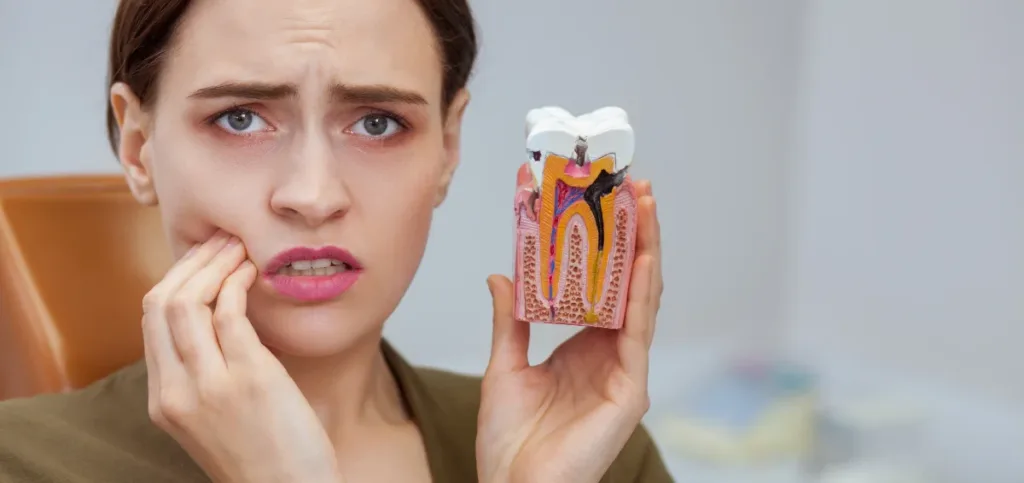
By now, you must be well aware of the role of the role of fluoride in toothpaste. Evidently, villainizing the ingredient is based on misassumptions. Still, what if you happen to believe any claims surrounding the negative effects of fluoride and stop using toothpaste containing the ingredient? Well, here’s what you can expect.
Greater Risk of Tooth Decay
Fluoride protects the outer protective layer of your teeth. In its absence, your teeth will become vulnerable to acid attacks, which will cause tooth decay.
Development of Cavities
Fluoride is majorly known for cavity protection. Stopping the use of fluoride toothpaste will weaken your teeth’s enamel. This will cause the bacteria to breed, which will lead to tooth cavities.
Risk of Gum Disease
Fluoride halts the growth of bacteria. In its absence, your gums are more prone to various diseases. The problem is worse for those with poor oral hygiene.
Tooth Sensitivity
Without fluoride, your teeth’s enamel will lose minerals but not gain them as effectively. This is called de-mineralization, and it increases tooth sensitivity. You won’t be able to enjoy hot and cold food as your teeth will become too sensitive due to losing minerals.
Summing Up
The purpose of this post was to inform you of the role of fluoride in maintaining dental health. The ingredient is backed by various dental organizations for its cavity protection benefits. Now that you are aware of it, the decision to use or not use fluoride toothpaste rests on you. However, we recommend you consult your dentist if you plan to switch to a fluoride-free toothpaste. By deeply assessing your individual oral health, they will be able to provide you with the best advice.

